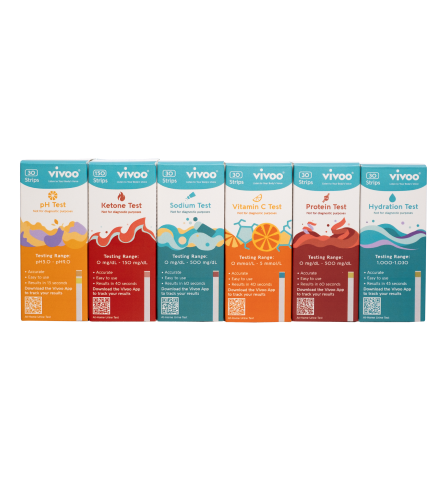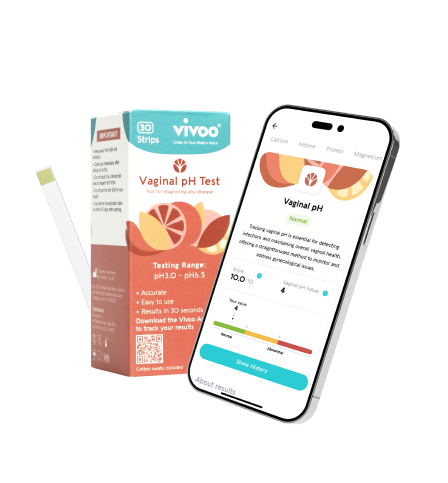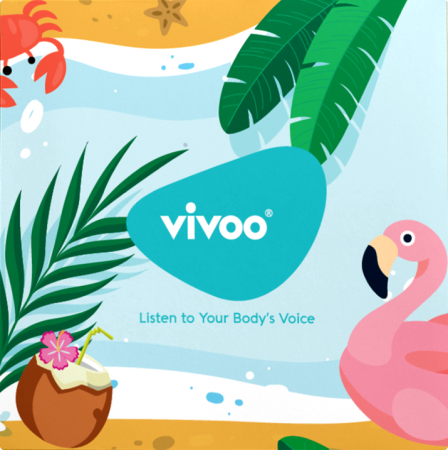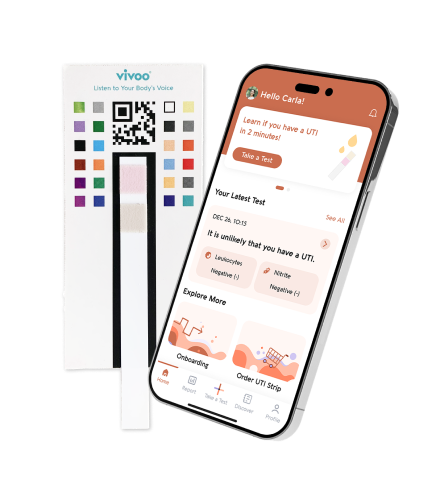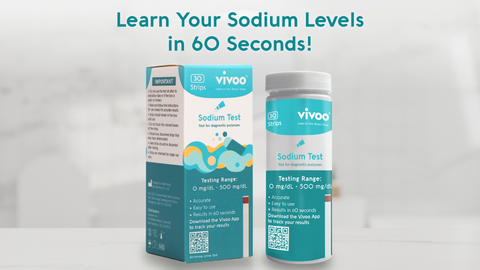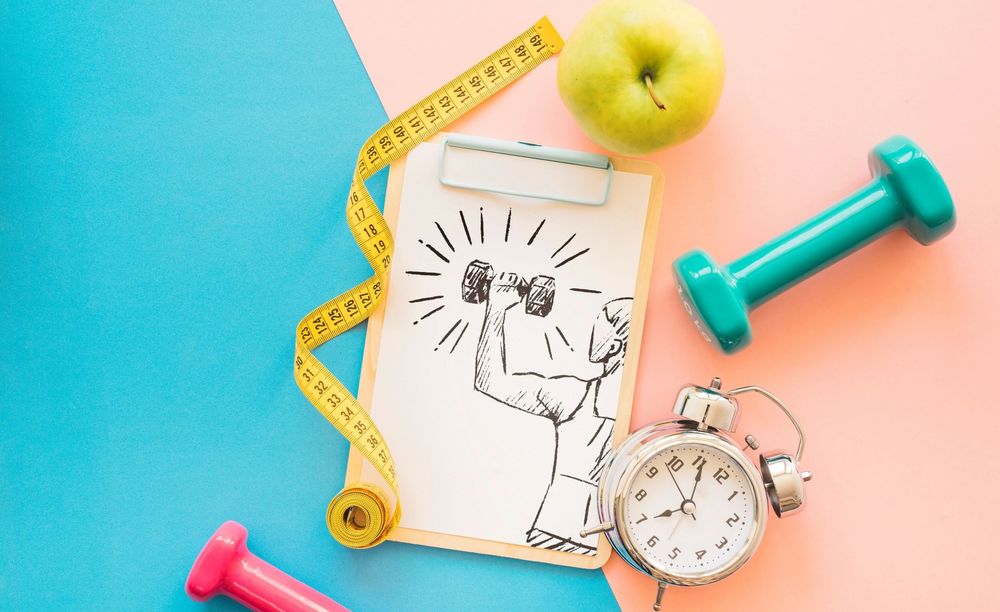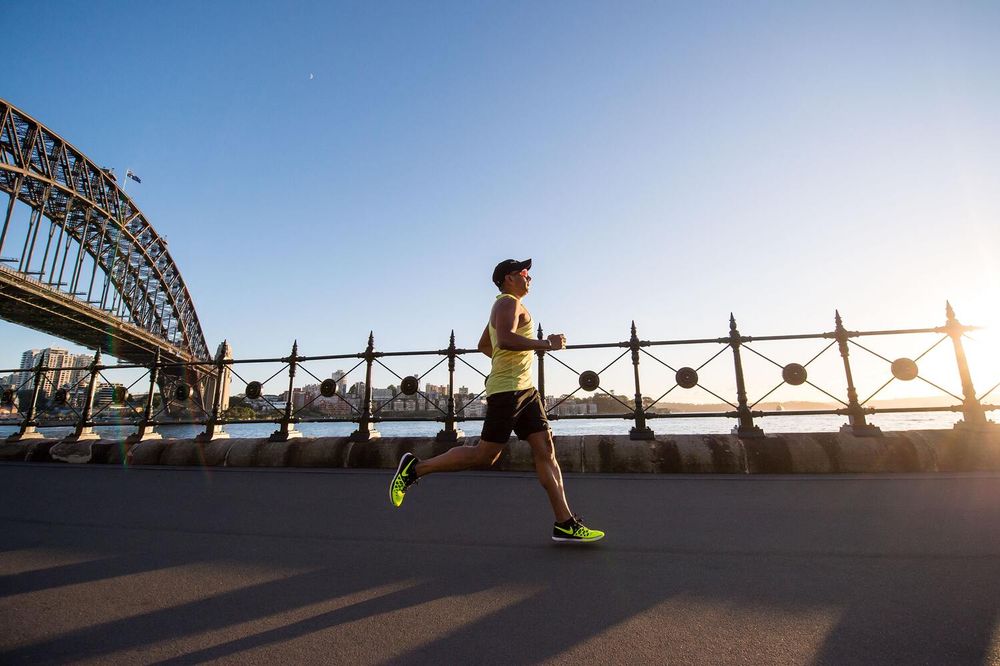Exercise and the Importance of Sodium
Salt is made up of two electrically charged particles called sodium and chloride. The table salt you use in your meals contains 40% sodium. Sodium is a mineral that is essential for maintaining fluid equilibrium in the body. It aids in maintaining the appropriate quantity of water within and outside of your cells, as well as in your blood.
Sodium is an essential mineral for human health, being a key requirement for the normal functioning of the neurological and muscular systems, fluid and electrolyte balance, cellular activity protection, and blood pressure management. An excess or deficiency in sodium in your body can lead to hazardous results.
For athletes who lead an active lifestyle, the quantity of sodium in the body should not decrease below a certain level because they are more prone to experiencing a loss of sodium due to the increase in sweat when exercising or when engaging in sports. The extent of sodium loss during exercise varies according to the type and intensity of exercise and the person in question. But regardless, sodium must be replenished in the body.
Sodium Lost During Exercise
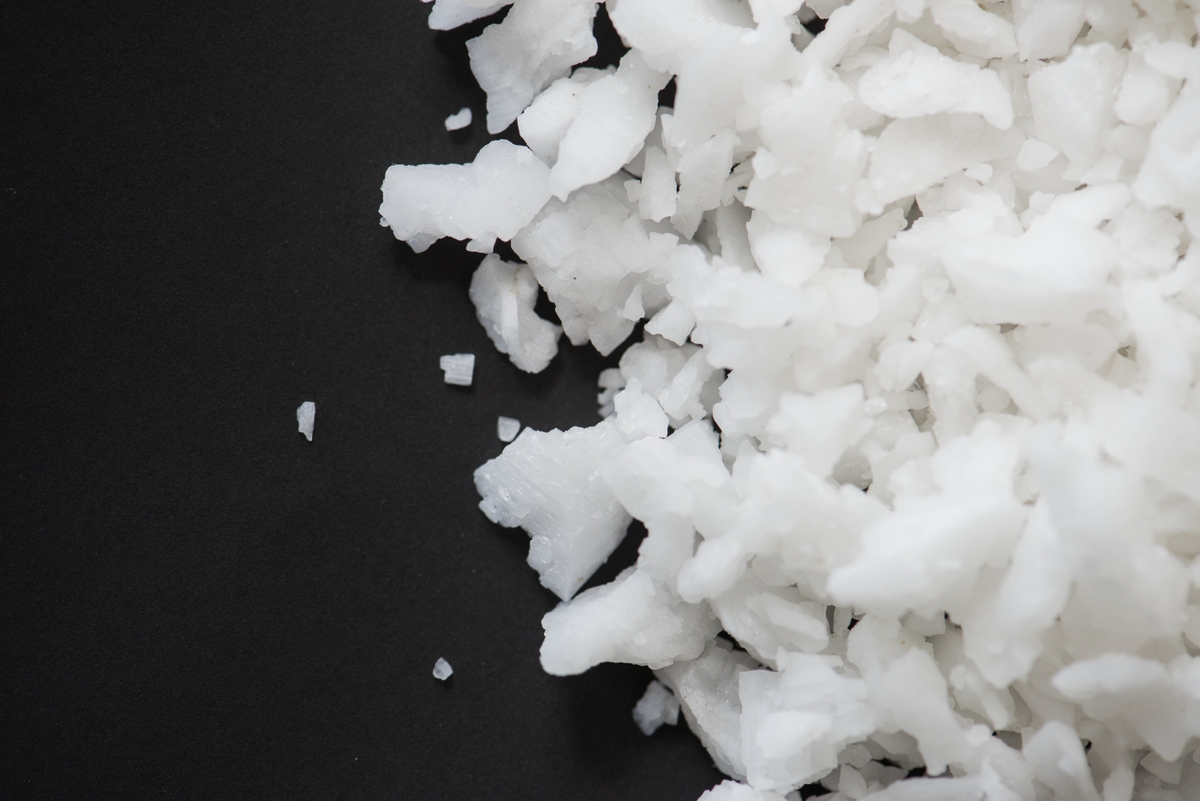
Sodium loss during exercise can vary significantly depending on the individual. Eating a regular diet can compensate for any sodium loss for some people. For others, however, the extent of sodium loss might be significant, requiring them to get more nutrition in their bodies. You can get more sodium in your meals through various means, whether it be using more salt in your foods, eating salty snacks, adding salt to sports drinks, or using salt tablets.
It is also important to replace the fluids in your body, but it is important to be careful not to drink too much to overhydration. Simple measurements, such as documenting daily pre-and post-exercise body weight, can help you decide your fluid and salt intake. However, a full examination might be required.
If you exercise daily (and sweat), can you have more than the daily recommended sodium limit?
It all depends on how much you move and sweat and how much salt you currently consume. The majority of the sodium in our diet comes from salt (sodium chloride). You must have enough salt each day to compensate for the sodium you lose through your urine or when you sweat. Most persons aged 50 and younger should consume 2,000 milligrams (mg) of sodium per day. The suggested dose for those over the age of 51 and those with diabetes, high blood pressure, or renal disease is 1,500 mg per day.
To protect your bone health and avoid certain illnesses, including hypertension, stroke, renal disease, obesity, and cancer, the World Health Organization recommends limiting your daily salt consumption to 5 grams. For optimal blood pressure and fluid balance, the American Heart Association recommends that healthy persons restrict their daily salt consumption to less than 1,500 mg.
Recovery sports drink recipe
Recovery drinks are used following a workout and are designed to offer your muscles everything they need to recover and heal. Any recovery drink should have four essential ingredients:
- Carbohydrates replace the muscle glycogen consumed as energy when you exercise.
- Protein to help replace damaged muscle tissue and rebuild your muscles after intense exercise.
- Water to restore the fluids you lose when you exert yourself during exercise.
- Minerals to restore the minerals you lose through fluid loss when you exercise.
Recovery drinks should provide the right combination and ratio of carbohydrates and proteins at the right time and be easy enough to prepare, drink, and quickly digest.
Refreshing 'tropical' recovery drink with banana and pineapple
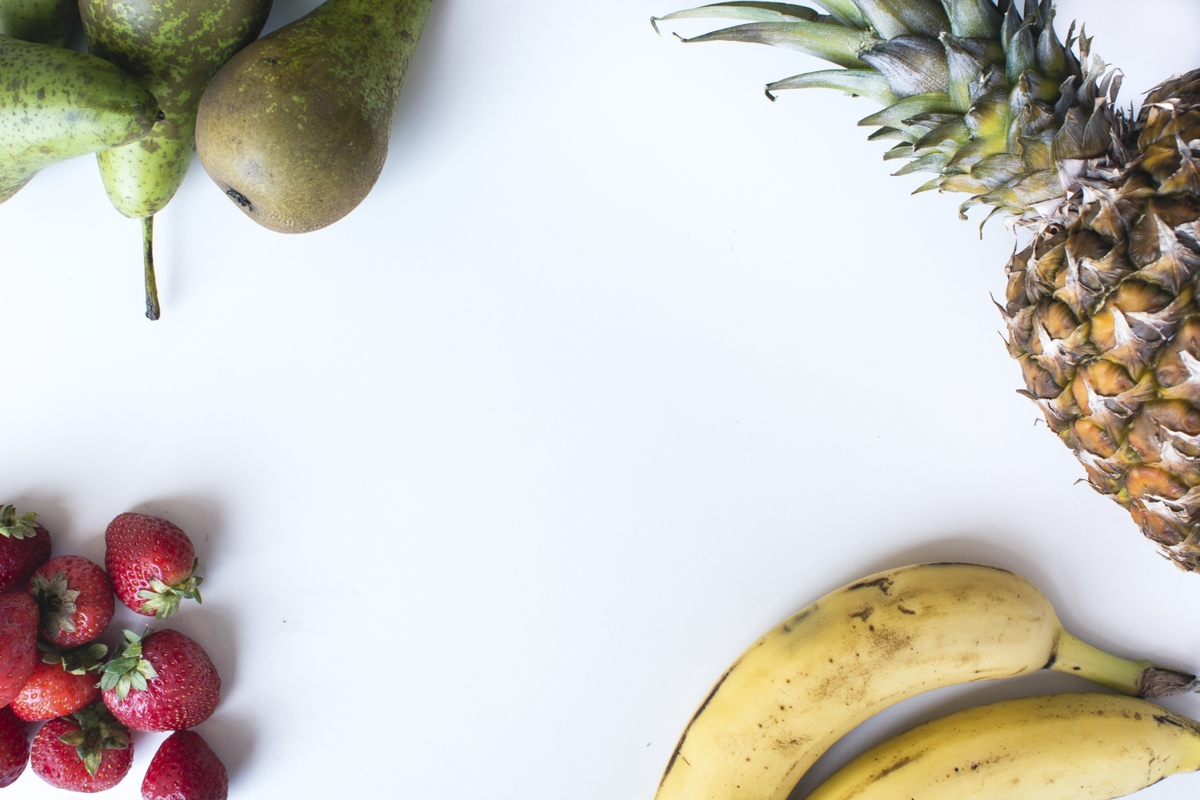
This simple and tasty recovery drink meets all of these requirements. Milk and yogurt combine quick-digesting whey and slower-digesting casein proteins, whereas fruit, milk, and honey include a combination of rapid and slow-release carbs. The ingredients in this drink also have a lot of vitamins, minerals, and fiber. The extra salt in the recipe adds a bit more sodium, which helps you rehydrate. These ingredients are easily accessible, easy to prepare after a tough workout, and most importantly, delicious!
Ingredients
- 150 g low-fat plain yogurt
- 500 ml light milk
- 1/2 cup fresh pineapple
- 1 banana
- 1 teaspoon honey
- 1/4 teaspoon table salt
Recipe for Watermelon Chia Lemonade (Vegan Recovery Drink)
Ingredients:
- 4 cups ripe watermelon
- 1 cup coconut water
- fresh mint
- 1–2 teaspoons chia seeds
- 1/4 teaspoon table salt
In a blender, combine the watermelon, coconut water, and mint. Blend until completely smooth. Fill a pitcher or large glass halfway with watermelon lemonade, and top with chia seeds. Refrigerate the lemonade for at least 10 minutes to allow the seeds to absorb some of the liquid.

